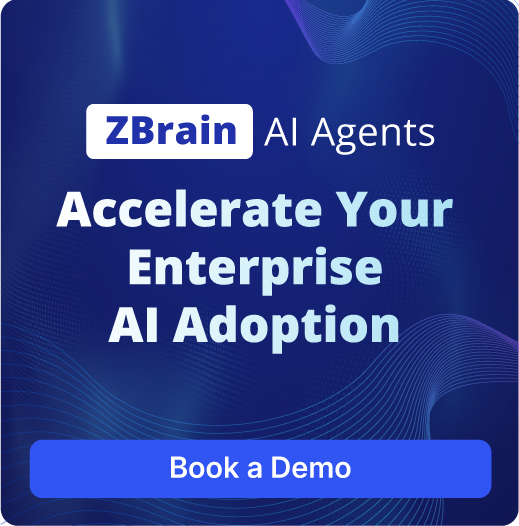
 Live
LiveCultural and Ethical Compliance Agent
Monitors content for cultural biases, inclusivity, gender neutrality, regional sensitivity, and adherence to accessibility standards.

 Live
LiveRedundancy Deduction Guardrail Agent
Ensures outputs are concise, unique, and free of repetitive or redundant language, enhancing clarity and readability.

 Live
LiveFormat and Structure Guardrail Agent
Validates correct output formats and structures for seamless integration with downstream systems or end-user consumption.

 Live
LiveBrand Guidelines Guardrail Agent
Ensures all content aligns with brand values and guidelines by validating inputs against guideline documents in the knowledge base.

 Live
LiveContent Moderation Guardrail Agent
Validates generated content to ensure adherence to safety and community guidelines by detecting profanity, hate speech, NSFW material, threats, and harassment.

 Live
LiveCultural and Ethical Compliance Agent
Monitors content for cultural biases, inclusivity, gender neutrality, regional sensitivity, and adherence to accessibility standards.

 Live
LiveRedundancy Deduction Guardrail Agent
Ensures outputs are concise, unique, and free of repetitive or redundant language, enhancing clarity and readability.

 Live
LiveFormat and Structure Guardrail Agent
Validates correct output formats and structures for seamless integration with downstream systems or end-user consumption.

 Live
LiveBrand Guidelines Guardrail Agent
Ensures all content aligns with brand values and guidelines by validating inputs against guideline documents in the knowledge base.

 Live
LiveContent Moderation Guardrail Agent
Validates generated content to ensure adherence to safety and community guidelines by detecting profanity, hate speech, NSFW material, threats, and harassment.
Improve Content Standards with ZBrain Guardrail Agents
ZBrain Guardrail Agents help teams maintain consistent, compliant, and high-quality content across various workflows. These intelligent agents review outputs for structure, formatting, brand alignment, and ethical considerations, ensuring that content remains clear, appropriate, and adheres to internal guidelines. Additionally, they identify and eliminate redundant language, enforce accessibility standards, and moderate content for safety, ensuring all content is appropriate and on-brand. Designed for seamless integration into existing processes, guardrail agents act as a reliable checkpoint before content is published or distributed. By automatically flagging issues and ensuring all outputs meet organizational standards, they significantly reduce the need for manual reviews. This empowers teams to work more efficiently, while ensuring that every piece of content maintains the highest level of quality, compliance, and brand integrity.

